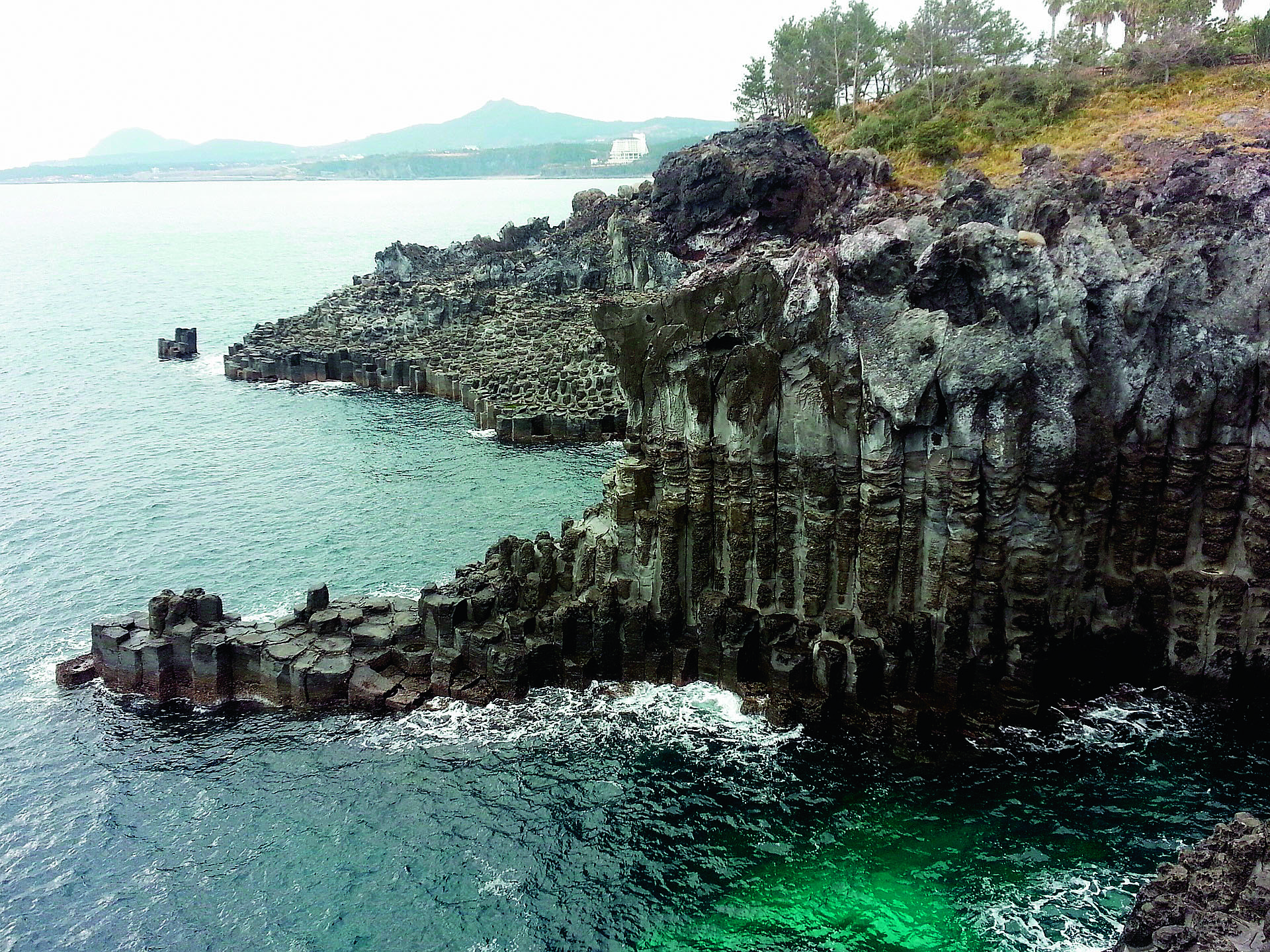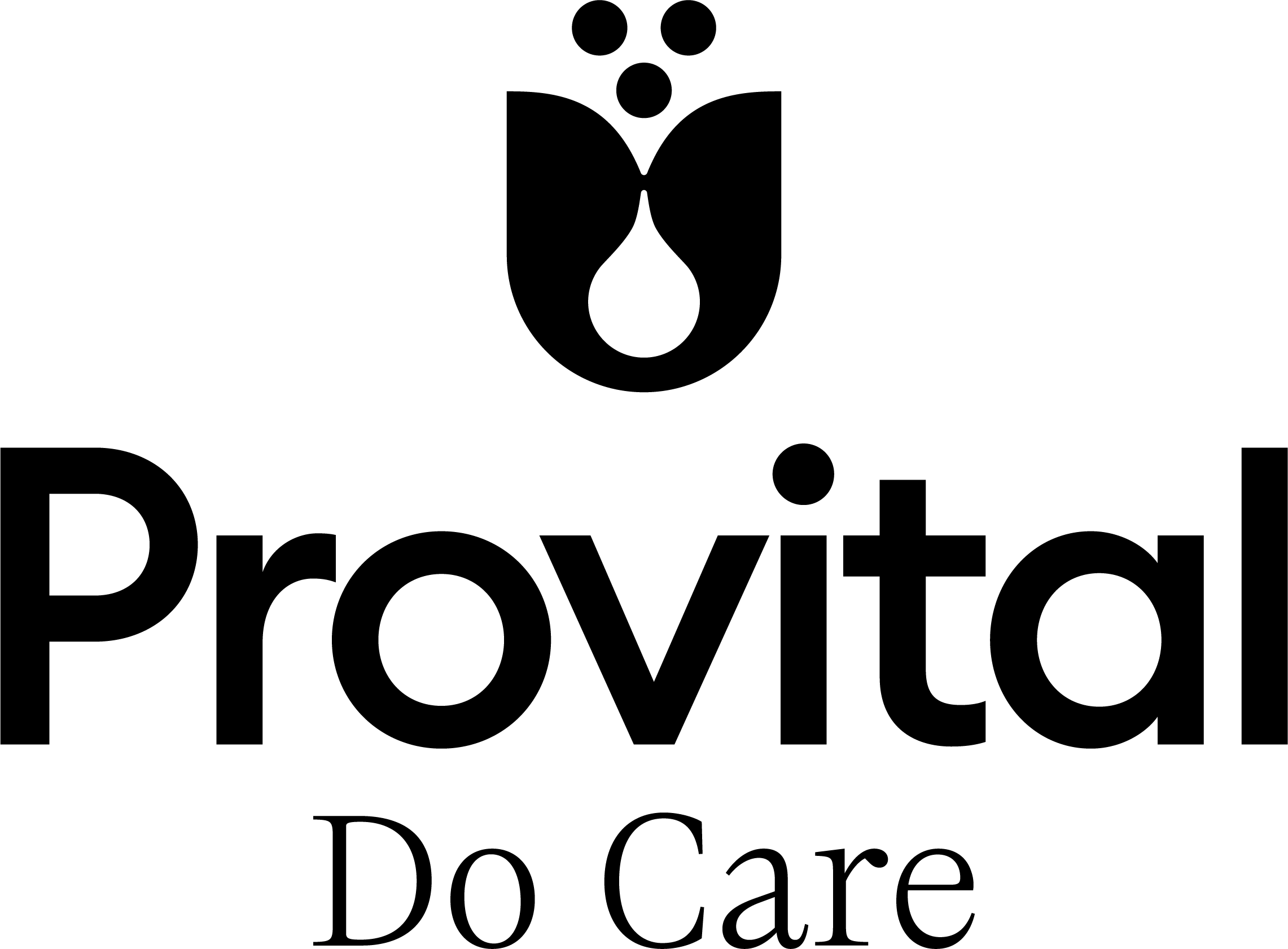The February edition of SPC carried a feature on personal care in the bathroom, with the focus on cleansing compositions and the surfactants to be found in them. Spa products like masks, scrubs, anti-cellulite compositions and products to relax the mind and body may be used at home in the bathroom or in salons and spa treatment centres. They are the subject of this feature.
Behind the mask
Spa facial treatments may incorporate a face mask. They take many forms and include clay, cream or gel masks, paraffin masks and setting masks. They are beneficial for drawing out impurities, toning, hydrating, calming and soothing the skin, and helping to clear up blemishes giving skin a rejuvenated appearance.
A typical clay mask might be an oil-in-water emulsion plus kaolin and bentonite to give it texture and body, with xanthan gum or carrageenan as stabilisers. For such a mask GfN-Selco offers Omega-CTPActive as a mixture of amino acids, free radical scavengers and peptides that is claimed to increase cell metabolism and protect the skin from free radicals. Further additives by GfN-Selco are Atecoron Plus PHE 1.2 [INCI: Aqua, glycerin, atelocollagen, sodium hyaluronate] and Phytosterol Complex 95% [INCI: Glycine soja sterols] for a mask to not only regenerate and protect the skin, but to also increase hydration and maintain its water balance.
Phoenix Chemical suggests suitable additives are Phoenoxide E-400 [INCI: PEG-8] as a moisturiser; Pelemol TMPIS [INCI: Trimethylolpropane triisostearate] to provide a non-tacky, light but cushiony gloss on the skin; and Giovarez P-0580 [INCI: Polyurethane-21], which acts to firm the skin for a more radiant appearance. Rahn proposes the use of Hydractin LMF, which utilises extracts of lichen, moss and fern to provide a rejuvenating ingredient claimed to reduce the appearance of ageing by twenty years by improved skin hydration.
Because masks are generally left on the face for 10-20 minutes there is more time for the active ingredients to function. Recommended by Solabia for treating pigment disorders is Omegalight [INCI: Piperonyl linoleate], which has proven to be an effective inhibitor of the key enzymes tyrosinase and TRP-1 involved in melanogenesis. By regulating melanogenesis while moderating inflammatory responses there is an improvement in hyperpigmentation and it inhibits new disorders from forming.
Belides ORG from CLR is an extract of Bellis perennis (daisy) flower that reduces the UV-stimulated induction of melanin biosynthesis by reducing melanosome transfer to keratinocytes through endocytosis. Also from CLR, Cutipure CLR is a synergistic, polyvalent emulsion containing actives from chaulmoogra oil, black cumin oil, manuka oil and magnolia bark. The active has strong anti-inflammatory and antibacterial properties, reduces pimples, pustules and comedones, and down-regulates sebum production.
Besides the traditional bentonites and kaolin, other clays are of interest when formulating masks. The Pelavie range from The Innovation Company comprises silts from fresh water sediments and peats from wetlands. The silts and clays are rich in humic acids and other bioactive compounds, and the supplier offers useful advice on formulating with them. The consistency of the final composition should be such that it will not completely dry out during the treatment time and at pH8 there is a significant increase in the availability of humic acids because the cation-binding capacity is higher and skin penetration of organic and organo-mineral components is greater at this pH.
Orio Organic also supplies muds and silts: they are extracted from the Sudobl Lake in Belarus, where they were formed as freshwater sediments 10,000 years ago by anaerobic biological processing of organic substances. The green muds possess high antioxidant and regenerative qualities due to the carotene and beta-carotene, tocopherols, flavonoids, phospholipids, chlorophyll and enzymes present. The black muds have a high content of fatty and humic acids, triterpenoids and resins that stimulate cell regeneration.
ImerCare 400D from Imerys is made from naturally occurring diatomaceous earth: a mineral consisting chiefly of siliceous fragments of various species of fossilised diatoms. Diatomaceous earth has a microporous structure with high oil and water absorption capacity and a great mattifying effect on the skin. The average particle size of ImerCare 400D is 11μm and the oil absorption capacity is 220g/100g.
Diatomaceous earth is also offered as Micro Algue 80 from Seppic and it can be used to absorb oils when used in a mask. From Safic-Alcan, Safimask 7 is an alginate-based gelling system for making peel-off masks. Safimask Plus is a dry mix that forms a smooth texture when mixed with water and it sets on the face in seven minutes. Safimask Total is a two component gelling system for peel-off masks that contains a proprietary mixture of actives to improve hydration levels and improve skin radiance.
Sucrabase is a truly multifunctional ingredient from Alfa Chemicals. It is a ready-to-use oily gel base which makes clear and natural gel-to-milk cleansers, easy rinse-off massage gels or exfoliating scrubs, simply by stirring in the appropriate extra ingredients. Sucrabase is based on sugar chemistry and is safe, mild, preservative-free and COSMOS-approved for use in natural products. Three variations are available, each based on vegetable oils with sucrose laurate and sucrose stearate.
Stimulating renewal
Exfoliating scrubs are an important part of spa treatments and hitherto many have incorporated polyethylene microbeads. These are no longer acceptable, so material suppliers are now offering natural alternatives. A&E Connock has been a major supplier of natural exfoliants for several decades and the extensive range available includes a spectrum of colours, from rich tones of natural earths to the pure white of jojoba wax beads. These are described in a brochure available for downloading on the company’s website: connock.co.uk.
Other suppliers include Ichimaru Pharcos, which markets a number of seed and shell powders in its Vegetable Grit series of exfoliants. It also offers crushed aloe leaves to provide an interesting lumpy texture to the product and on the skin. Sasol offers an alternative to natural powders with its Decornel range of synthetic wax beads in different particle sizes for particular applications.
Lessonia supplies a modified cellulose, trade-named CelluloScrub [INCI: Cellulose acetate], which is white in colour with very similar abrasiveness and density to polyethylene beads, making it a simple substitute that is totally biodegradable. Provital has a number of different exfoliants including Exfo-Bamboo, a solidified silica-containing material from Bambusa arundinacea stems. Silica granules in various sizes and colours are supplied by PQ Corporation as alternative materials for use as exfoliating and decorative particles in shower gels, and face and body scrubs. Quartz is composed of silica – microcrystalline quartz is supplied by Beraca as a natural substance for exfoliation.
Hands-on treatment
Massage is an essential part of spa treatment and requires a lubricating oil for best effect, which in its simplest form may be mineral oil, an ester to reduce oiliness and possibly a fragrance. A good example is a well-known baby oil [INCI: Paraffinum liquidum, isopropyl palmitate, parfum].
In contrast, US patent 7,205,012 describes a scar-reducing and massage emollient prepared by mixing together calendula flowers, chamomile flowers, comfrey leaf, rose petals, rosemary and rose geranium to form a herb mixture, which is extracted using hot almond and olive oils. The extract is thickened with beeswax, shea butter and lavender oil. Ylang ylang oil, aloe vera gel, jojoba oil, wheat germ oil and evening primrose oil are added to prepare the final composition.
Most massage oils are not that complicated, but ingredients to add viscosity and control rheological properties or to reduce the ‘oiliness’ of oils are popular. Safic-Alcan markets Saficoil, which is a mixture of silica, styrene/isoprene copolymer and aluminium stearate that may be stirred into any oil at room temperature to thicken it for massage purposes. From Alfa Chemicals are three Sucragels based on vegetable oil, glycerin and sucrose laurate for thickening oils. Dermofeel Viscolid [INCI: Hydrogenated rapeseed oil] from Dr. Straetmans is a natural oil thickener that will convert liquid oils to soft, creamy textures. The resulting product is an elegant, soft paste that is easy to apply without smearing and can be used in jars or with a pump dispenser. It is compatible with plant oils, mineral oil, esters and silicones. The thickening effect is based on a delicate network of fine lipid crystals that, upon contact with the skin, melt and form a liquid phase with the sensorial profile of the oil mixture used.
Brasca offers Olifeel Pearls [INCI: Palmitic/stearic triglycerides] as a non-hydrogenated rheological thickener for anhydrous systems. It can thicken esters, silicones, hydrocarbons and vegetable triglycerides. The viscosity significantly increases in a dose-dependent manner and it can be used to formulate candles that melt when lit and the warm melt is then poured onto the skin for massage. A basic formula from Brasca for a massage candle is shown in table 1.
Slim & sculpt
Cellulite treatment is best undertaken by professional beauty therapists who combine massage of the affected areas with active ingredients claimed to reduce the accumulation of fatty deposits. An example is Delipidol [INCI: Punica granatum seed oil hydroxyphenetyl esters] from Solabia that is recommended as a slimming ingredient to decrease orange peel appearance by reducing fat nodes and protecting against cellulite progression. Solabia also produces Guaraslim, which is a hydroglycolic extract from the Brazilian plants liana, guarana and muirapuama. The extract contains polyphenols, is enriched with caffeine and is recommended for body toning and as a slimming agent for men and women.
Caffeine frequently appears in products to enhance microcirculation, to help reduce cellulite and for general body shaping. However, it is poorly soluble in water. BioGenic Caffeine-210 [INCI: Caffeine, maltodextrin, urea, xanthan gum, hydroxyethylcellulose] from Biogenics uses novel oligomer complex technology to solubilise up to 10% caffeine in water without recrystallisation. It also improves skin penetration.
Italine G from Akott is said to be inspired by the Italian love of coffee and grappa, which are often mixed together as an after-dinner digestif. In Italine G [INCI: Caprylic/capric triglyceride, Coffea arabica (coffee) seed oil, Vitis vinifera (grape) fruit extract] the coffee seed oil has strong antioxidant properties and is able to protect the cells against oxidative stress due to its high content of the polyphenols, chlorogenic and caffeic acid. Grapes are one of nature’s best skin care foods and the extract contains important antioxidants, anti-inflammatory phytomolecules, and vitamins C, K, B1 and B6. Together they stimulate proteasome activity and the synthesis of collagen and hyaluronic acid while activating the breakdown of fatty deposits.
Caffeine is also to be found in Adiporeguline [INCI: Caffeine, sodium salicylate, lysolecithin, hydrogenated lecithin, aspartame, Glycine soja (soybean) germ extract, silica, Coleus forskohlii root extract] from Lucas Meyer. Comprising four active compounds that act on adipocyte metabolism from lipogenesis to lipolysis, Adiporeguline is a patented complex that is claimed to rapidly smooth unsightly orange-peel skin by decreasing adipocyte size as well as to visibly re-shape by decreasing the thigh perimeter.

Lucas Meyer also produces Body3 Complex [INCI: Bentonite, Butyrospermum parkii (shea) butter extract, Persea gratissima (avocado) fruit extract]. It is claimed to stimulate lipolysis by a synergistic combination of un-roasted shea butter extract for its slimming active properties; avocado seed extract to activate connective tissue metabolism; and bentonite to entrap and progressively release the extracts.
Slim-Excess from BASF is a red algae hydrolysate claimed to inhibit lipogenesis and activate lipolysis. It is recommended as a daily treatment to help redesign and reshape the face and body. According to BASF the formation and storage of fat happens not only in the body but also in the face where fat is stored in the forehead, temples and the cheeks and around the mouth. Excess fat leads to slackness in the oval of the face and the development of a double chin, and BASF claims that clinical trials show a significant improvement in facial contours when Slim-Excess is topically applied. As with all active ingredients described in this feature, claims are supported by in vitro testing and clinical trials.
Santalum album (sandalwood) is a common and protected tree in India and its seeds are collected by India’s Ministry of Environment & Forests, maintaining the sustainability of the species. A highly purified phytochemical compound is extracted from the seeds by Evonik to provide Tego Xymenynic [INCI: Caprylic/capric triglyceride, xymenynic acid]. It is claimed to improve dermal structures via enhanced detoxification, and the reduction of oxidative stress leads to decreased inflammation and reduced breakdown of collagen and hyaluronic acid.
Liporedux from Kalichem Italia is marketed to help body slimming and shape management with lipolytic action to improve the appearance of all visible signs of cellulite. It is a mixture of carnitine isomerised linoleate, which reduces the dimensions of adipocytes and Coleus forskohlii root extract, which increases the body’s metabolic rate and the utilisation of body fat. Macaline from Laboratoires Expanscience is said to boost fat-shedding and act on fibrosis in the hypodermis to help restore a slender silhouette. It is an extract of Lepidium meyenii or maca plant from Peru that inhibits lipogenesis and improves lipolysis.
Provislim from Provital Group is marketed as a multi-active ingredient that works against the build-up of fatty deposits that form cellulite. It is a combination of two active ingredients of natural origin: fisetin from strawberries, which reduces lipogenesis; and frambinone from raspberries, which enhances lipolysis. Provital also provides Lipout, which is obtained from a microalgae and is rich in xanthophylls and polyunsaturated fatty acids. It is claimed to burn stored fat in both men and women, and may be used as a slimming active to reduce fat volume and blur cellulite appearance.
An additive recommended for sports massage and loosening up stiff muscles is Capsine [INCI: Capsicum frutescens resin] from Ennagram. It is a concentrated oil-soluble extract of capsicum fruits with a standardised content of 10% capsaicin. When applied to the skin, the product produces a gentle heating sensation and also acts as a topical analgesic by inhibiting the synthesis, transport and release of substance P, a neurotransmitter of pain. A water-soluble version is also available. Inka Omega Oil [INCI: Plukenetia volubilis seed oil] from 3QP is also recommended for the relief of muscle pain.

Super soakers
Many spa experiences are designed to pamper and relax; this can involve soaking in a hot tub of bubbles with a relaxing fragrance. A PEG-free blooming bath oil is possible using Dermofeel PP [INCI: Polyglyceryl-3 palmitate] from Dr. Straetmans at 3-6% mixed with almost any oil. There are so many exotic ones from which to choose that space limitations preclude listing them here.
A definition of the word spa is a mineral spring considered to have health-giving properties. Many different spa waters are available, which may be used as a refreshing mist after facial treatments or as the aqua content of cleansers, masks and other water-based compositions. Jeju Magma Sea Water from Bioland is sea water that has passed through a layer of porous basalt off the South Korean island of Jeju that contains all the minerals normally found in sea water, plus others that have been leached from the basalt.
A little different is Maple Water from Ichimaru Pharcos. It is the sap of Acer saccharum Marsh or maple that grows in the forests of Quebec, Canada. It is harvested in the spring, sterilised and passed through microfilters to guarantee purity and is said to improve barrier function and skin hydration. CytoFruit Waters from Brasca are defined as 100% organic as they are obtained by physical processing the organically-sourced fruit without addition of water, chemicals or perfume. They contain all the phytosterols, vitamins and mineral content of the fruit.





